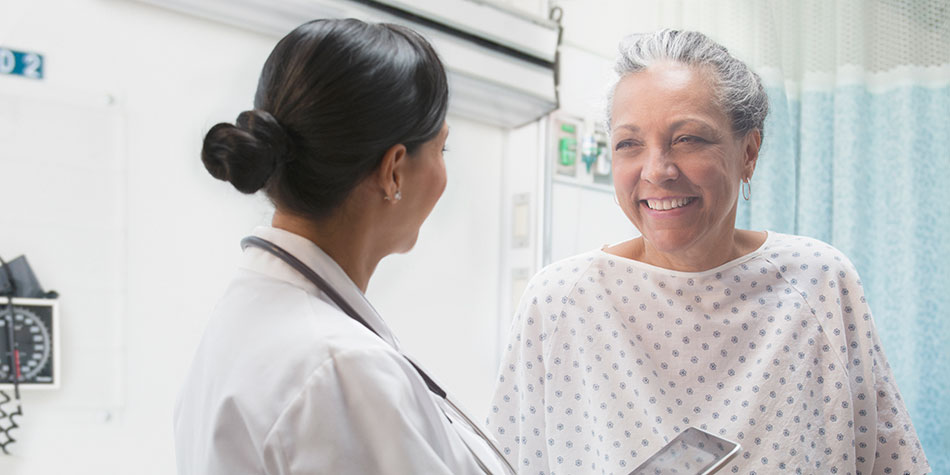
Breast cancer is the second most common cancer in women after skin cancer, with approximately 12 percent of women diagnosed in their lifetime. Although more rare, men can develop breast cancer also. The American Cancer Society estimates approximately 2,670 new cases of invasive breast cancer in men in the United States in 2019.
It is important for both genders to understand risk factors as well as the signs and symptoms of this type of cancer.
Risk Factors
Numerous risk factors can increase your chance of developing breast cancer. These include:
- Age - Breast cancer is most common in women ages 55-64.
- Genetics - About 5 - 10 % of breast cancer can be identified as genetically mediated.
- Family history - Having a first-degree relative (sibling, parent or child) with breast cancer.
- Breast density - As density of the breast increases (more fibrous tissue and less fatty tissue), risk increases.
- Ionizing radiation of breasts - Risk depends on radiation dose and age at exposure, with highest correlations for children who receive radiation before puberty.
- Obesity - Obesity after menopause increases breast cancer risk.
- Alcohol consumption - Those who have 2 to 5 drinks daily have 1.5 higher risk than women who don't drink alcohol.
Women should talk with their physicians regularly starting as early as age 25 about their individualized risk for breast cancer, as higher risk women may benefit from genetic counseling or early screening.
Signs and Symptoms
Keep in mind that breast cancer can still develop even without these risk factors present, and many risk factors are still being researched. Invasive breast cancer has more than an 89.9 percent five-year survival rate, but early detection is key.
Here are some common signs of breast cancer:
- A new lump or mass, which may be painless or painful, hard or soft.
- Swelling in all or part of the breast
- Skin irritation or dimpling
- Breast or nipple pain
- Nipple retraction - meaning the nipple turns inward
- A change in the skin of the nipple/breast - whether by reddening, becoming scaly or thickening
- Nipple discharge - any discharge that isn't breast milk
- Swollen lymph nodes under the arm/collarbone
If you have any concerns or questions related to these symptoms, contact your healthcare provider.
It is important to know that the information in this post, including Sarah Cannon’s recommendations for screening, is accurate as of the publishing date.
Sources:
National Cancer Institute
National Cancer Institute, SEER Data
American Cancer Society
Jose Luis Pelaez Inc/DigitalVision via Getty Images